All about crushed limestone
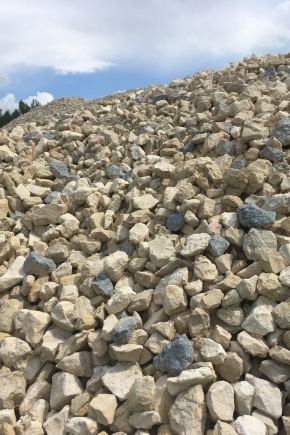
Limestone crushed stone 5–20, 40–70 mm or other fractions, as well as its screening, are widely used in various fields of activity. The material is standardized by the requirements of GOST, must comply with strict quality standards. Concrete based on it has a fairly high strength. Other areas of use: in road construction, bedding of foundations - must be selected taking into account the properties of the stone.
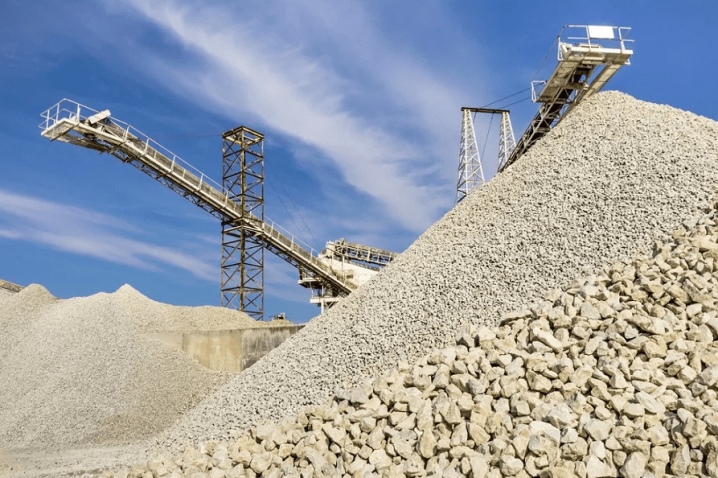
Peculiarities
White or yellowish stone - crushed limestone - is a crushed type of rock: calcite. It is formed naturally, during the transformation of organic products. In terms of chemical composition, crushed limestone is calcium carbonate, it can be painted, depending on impurities, in brick, gray, yellow. The material looks according to which components prevail in its structure.
Many rocks with similar characteristics have been formed on the basis of calcium carbonate. The difference between limestone and dolomite crushed stone is something worth talking about in more detail. These materials are often confused due to their similar structure.
Dolomite is also limestone, but groundwater is involved in its formation.
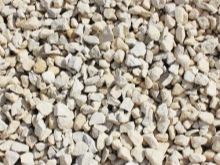
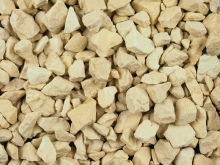

Rocks are categorized based on the volume of pure mineral. Those containing up to 75% dolomite are considered limestone. This bulk material has a number of advantages.
- High resistance to temperature extremes. Crushed stone can withstand frost and direct sunlight.
- Affordable cost. The material compares favorably with its granite counterpart in price.
- Environmental safety. Crushed stone has a very low radioactivity and is suitable for use under strict environmental safety control.
- Operational characteristics. The material lends itself well to ramming, suitable for creating substrates for other materials and coatings.
There are also disadvantages, and they directly affect the choice of the scope of use of the material. Limestone crushed stone is not resistant to acids, not too strong. Crushed stone, in contact with water, is washed out, therefore it is not used as a bedding, which plays a functional role on the site.
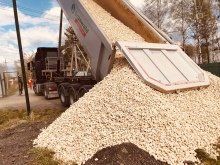
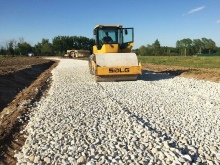
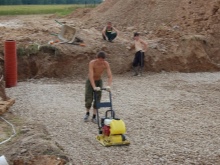
How is it mined?
The production of crushed limestone is carried out in an open way. Seams of rocks in quarries are found in many regions of the country, so the competition in the market is quite high. This makes it possible to select suppliers on a territorial basis when carrying out large-scale construction work. The process of stone extraction takes place in a certain way.
- Local demolition work is carried out in the quarry.
- A bulldozer and an excavator collect the obtained pieces of stone and load them.
- The largest fractional formations are selected. They are sent to a special shredding machine.
- The resulting stone is sieved through a sieve system for fractionation. For sorting, "screens" are used, with the help of which it is possible to successfully separate materials with different granule sizes.
- The sorted products are separated, sorted and classified.
The crushed limestone obtained after crushing is stored in accordance with the established recommendations and shipped to customers.
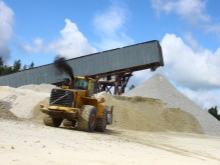
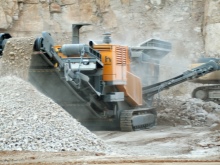
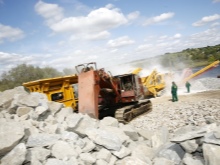
Characteristics and properties
Lime crushed stone is standardized by the requirements of GOST 8267-93, which is relevant for all types of crushed stone with a density of fractions no higher than 2-3 g / cm 3. The material has several technical parameters.
- Specific gravity. It is quite easy to determine how many tons 1 cube of crushed limestone weighs. With a size of fractions up to 20 mm, this figure is 1.3 tons. Coarse material is heavier. With a particle size of 40–70 mm, the mass of 1 m 3 will be 1410 kg.
- Bulk density in volume fraction. It is also flakiness, which determines the ratio of flat and needle-shaped grains in percent. The fewer voids and the higher the strength, the lower the value will be. For crushed limestone, the compaction factor is 10–12%.
- Strength. It is determined by compression tests in a cylinder, during which the crushed stone is destroyed. The grade of crushing is established - for the limestone variety, it rarely exceeds M800.
- Frost resistance. It is determined by the number of freeze and thaw cycles that the material transfers without loss. The standard value for crushed limestone reaches F150.
- Radioactivity. In limestone rocks, it is the lowest among all types of crushed stone. Radioactivity indices do not exceed 55 Bq / kg.
These are the main characteristics that are important for determining the scope of application of crushed limestone, its capabilities, permissible and withstand loads.
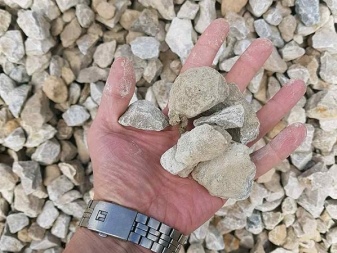

Stamps
White crushed stone is one of the most popular building materials. Like other types of crushed stone, limestone has its own marking. It is determined by the degree of compressive strength of the mineral. There are 4 grades of material.
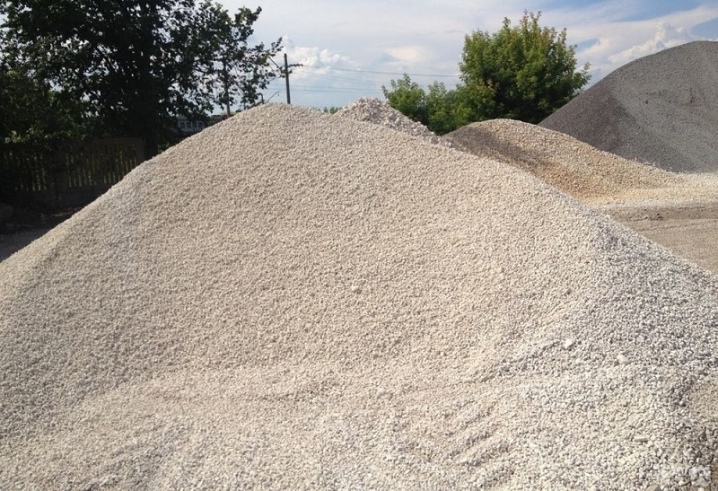
- M200. The most unstable of all options for crushed limestone. Withstands minimal loads, is suitable for filling the territory, landscape design, but not suitable for areas where intense mechanical impact on the surface of the coating is expected.
- M400. A popular brand used as a bonding element in concrete. It has an average compressive strength and therefore requires a more careful selection of applications. Crushed stone is suitable for low-rise construction, improvement of summer cottages and household plots.
- M600. The optimal brand for road construction. Such material is widely used in the arrangement of embankments, drainage cushions. And also crushed stone M600 is suitable for the production of construction lime and concrete products.
- M800. This brand is distinguished by its high strength, is used in the creation of foundations, in the restoration and reconstruction of concrete monolithic structures.
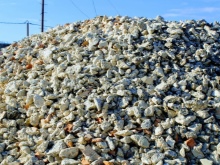

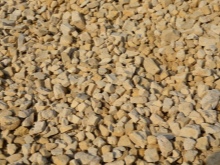
When choosing a brand of crushed limestone, be sure to take into account those indicators that correspond to it.
An error in the calculations will lead to the fact that the crushed stone will simply collapse when the peak operating loads are reached.

Fractions
Fractionation is normal for crushed stone. By the size of particles determined by GOST, it can have the following indicators:
- 5-10 mm;
- 10-15 mm;
- up to 20 mm;
- 20-40 mm;
- up to 70 mm.
Variation of particles with different indicators is allowed in the mixture: from 5 to 20 mm. By agreement, manufacturers also supply crushed limestone with other parameters. Usually they vary in the range from 120 to 150 mm - this material is already called rubble stone. Limestone crushed stone with a size of up to 20 mm is considered small-fraction, and the large one that is more than 40 mm.
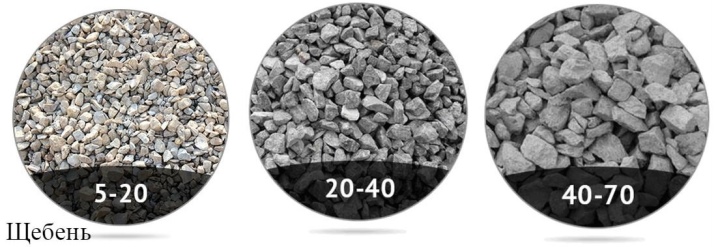
Dropout
Smaller and more heterogeneous remnants of rock that cannot be sorted are called screenings. Usually the size of its fractions does not exceed 3 mm with a bulk density of 1.30 and a flakiness of 10–12%. The fine grain size of nonmetallic rocks in the form of screenings is also standardized by the requirements of GOST.
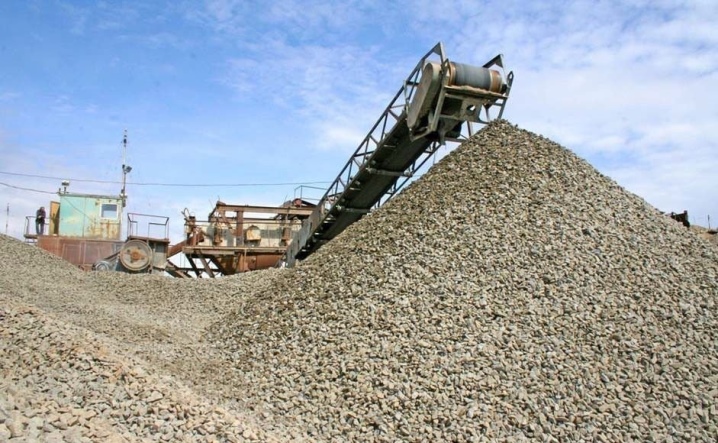
Screening is used for several purposes.
- For landscaping and design.
- As a filler for Portland cement.
- In plastering compounds to increase the decorative effect of wall cladding. Most often it is recommended to use it in interior decoration.
- Asphalt paving.
- In the production of ceramic and concrete paving slabs. At the same time, the products require additional moisture protection, increased chemical resistance.
- In the creation of mineral fertilizers and building mixtures. The crushed calcium carbonate appears as ordinary lime.
- In the manufacture of foam blocks, aerated concrete cast products.
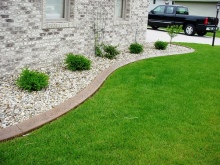
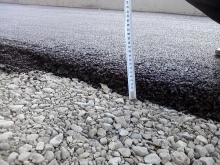

Screenings are obtained by passing the material through special crushing and screening machines. It includes all factions that are smaller than the cells through which the material passes. Due to the environmental and radiation safety, screenings are suitable for use as a component of finishing compositions for application on the surface of walls or individual architectural elements.
Outwardly, it looks like sand, it can have a reddish, white, yellow tint.
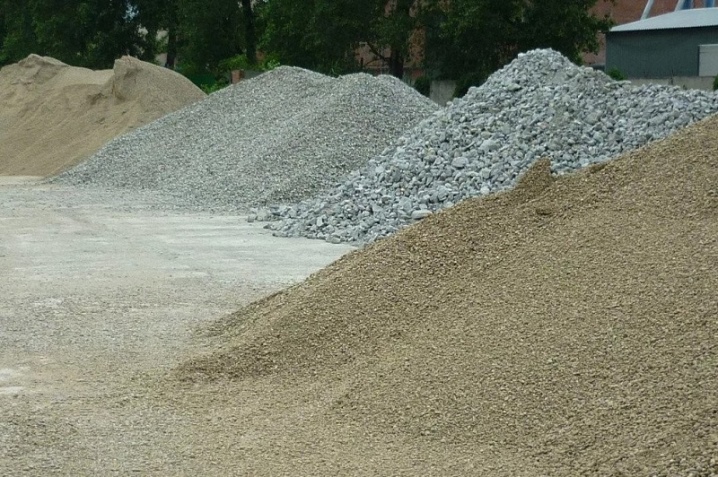
Application area
The division of the spheres of use of the material is largely determined by the size of its fractions. The smallest screenings are used for decorative purposes: for backfilling the yard or the local area. It is quite attractive, compacted well by rolling. On the site, during the improvement, it is poured into flower beds, on paths, protected from contact with excess moisture.
Fine-grained crushed stone with a particle diameter of up to 10 mm is used as an additive in concrete as a binder and filler. Due to its small size, such crushed stone provides better adhesion of the artificial stone to the metal reinforcement. The resulting concretes of grades M100, M200 can be used for foundations, in the construction of a blind area or a porch structure. The material is also suitable for pouring monolithic walls in formwork, for arranging garden paths and driveways.
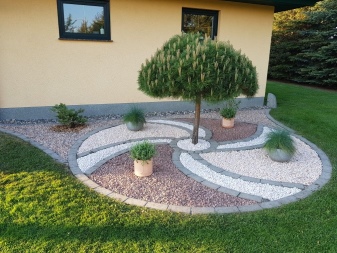

When creating foundations and structures subject to intense loads using crushed limestone, special attention should be paid to waterproofing. The material is susceptible to destruction by constant contact with a humid environment. And it is also unacceptable for acids to get on the surface of crushed rock - they dissolve limestone.
In metallurgy, crushed stone of medium fractions is used. The material is necessary for smelting steel, acts as a flux. In addition, when crushed, a source of calcium carbonate serves as a component of fertilizers. It is used to produce soda and lime used in construction.
Medium-fraction and large varieties of crushed limestone can successfully form bases for various coatings. They are part of the drainage type pillows, combined with sand and gravel. The main condition is the low thickness of the crushed stone layer (up to 20 cm), as well as its location above the level at which the groundwater lies. The bonding properties of crushed limestone help to form a dense base that wicks moisture well from asphalt, concrete or other pavements.
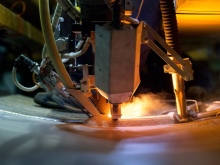
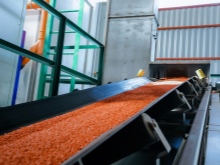














The comment was sent successfully.